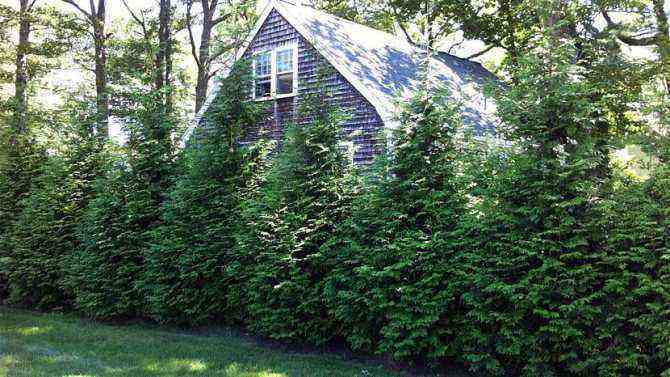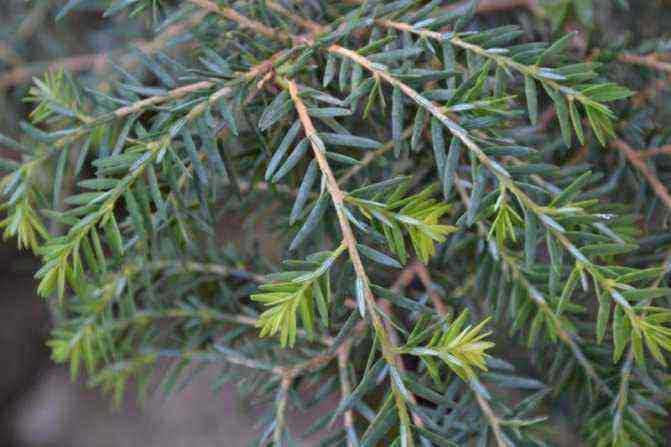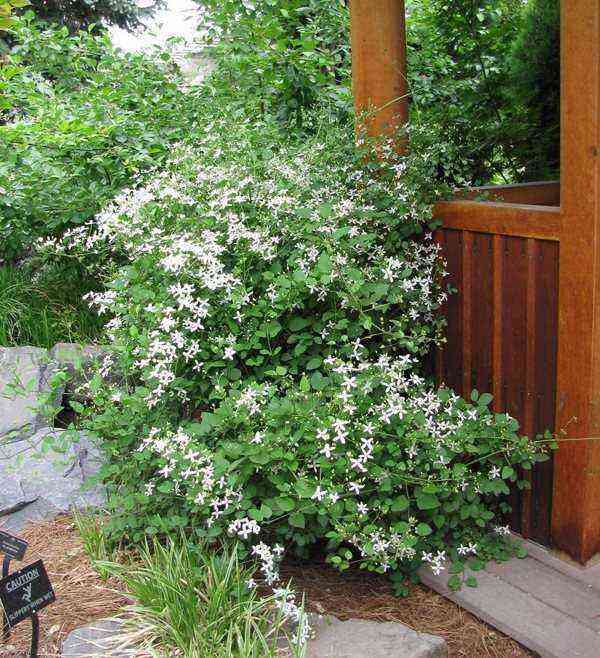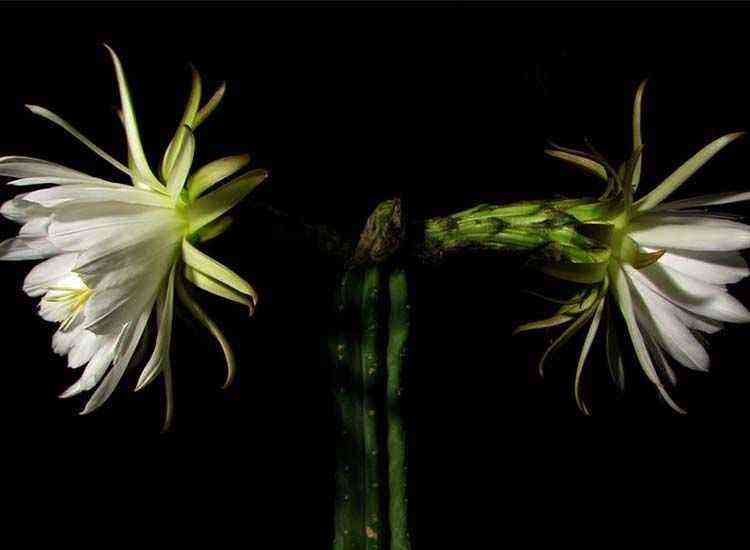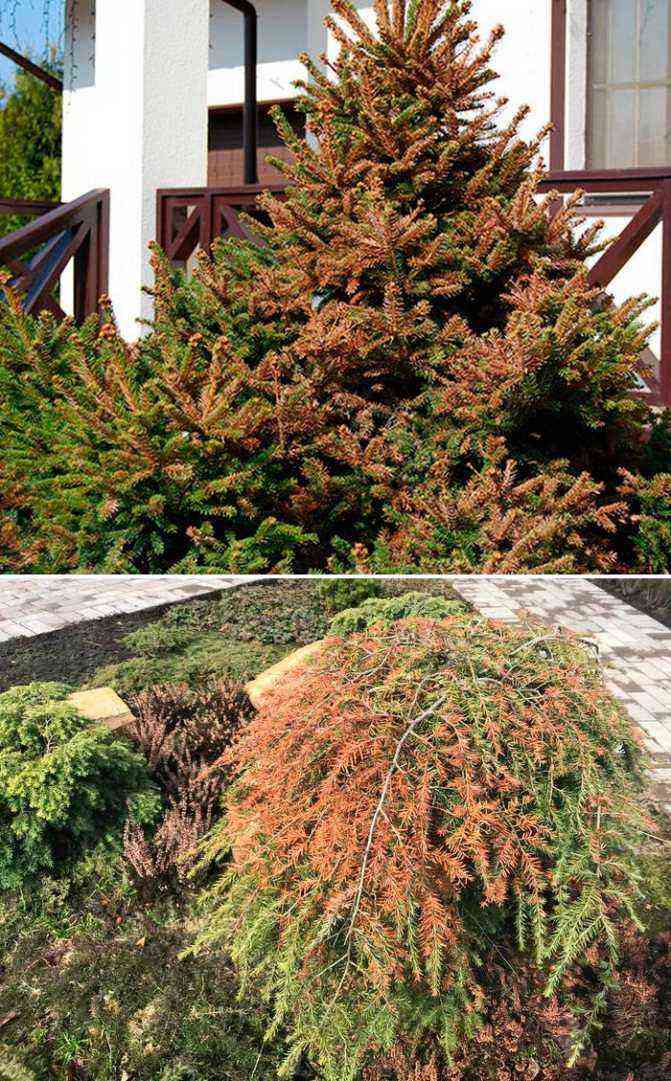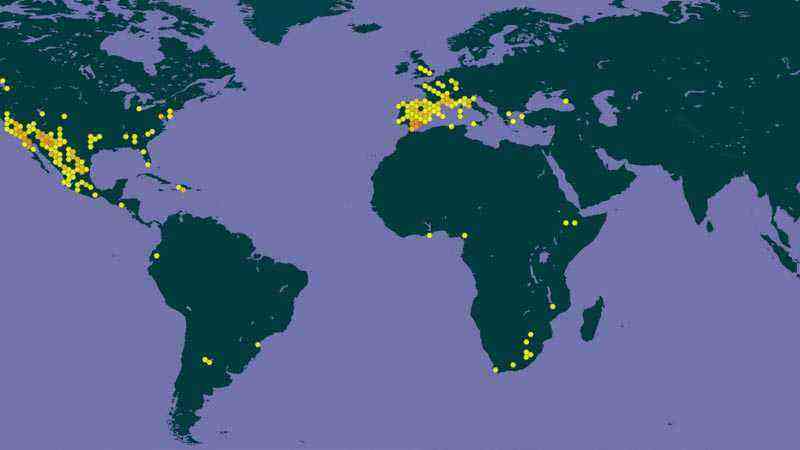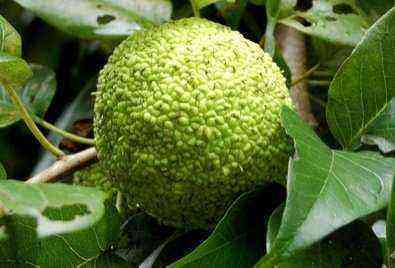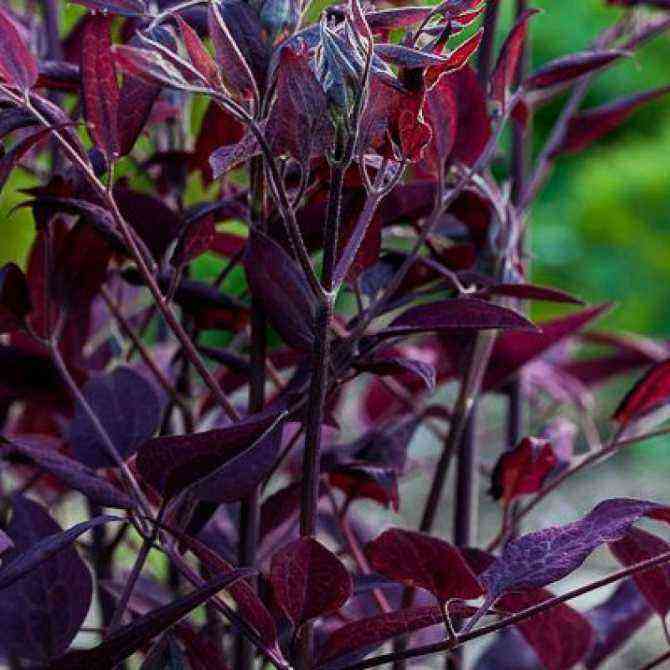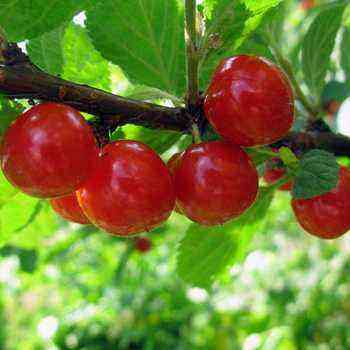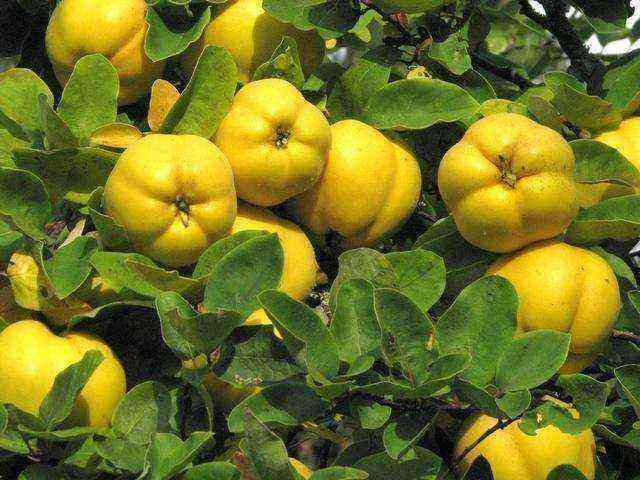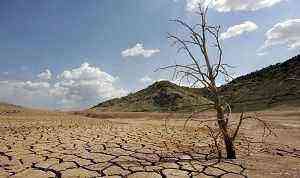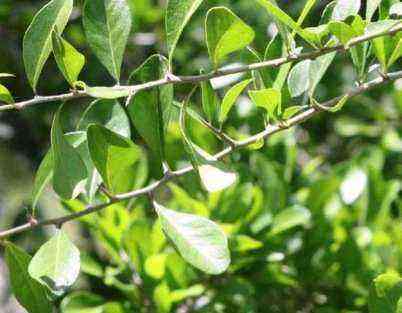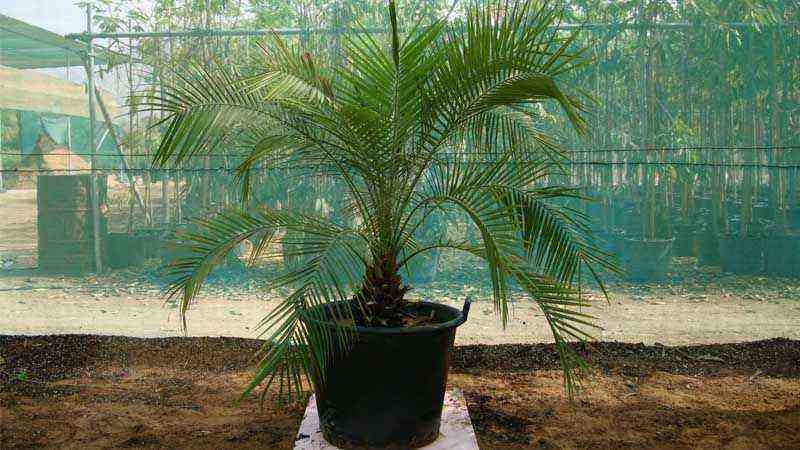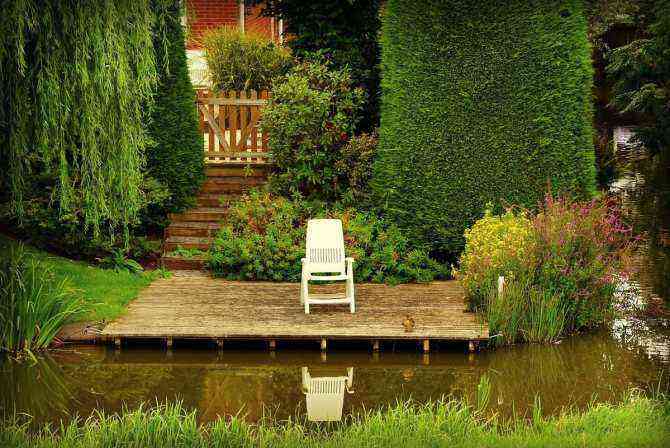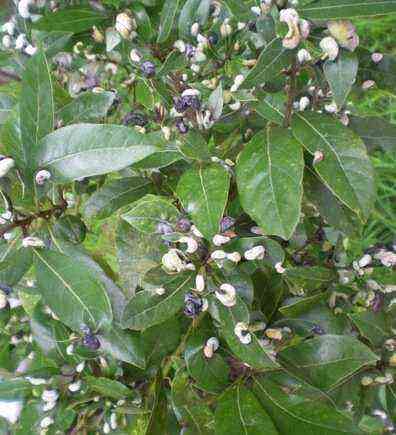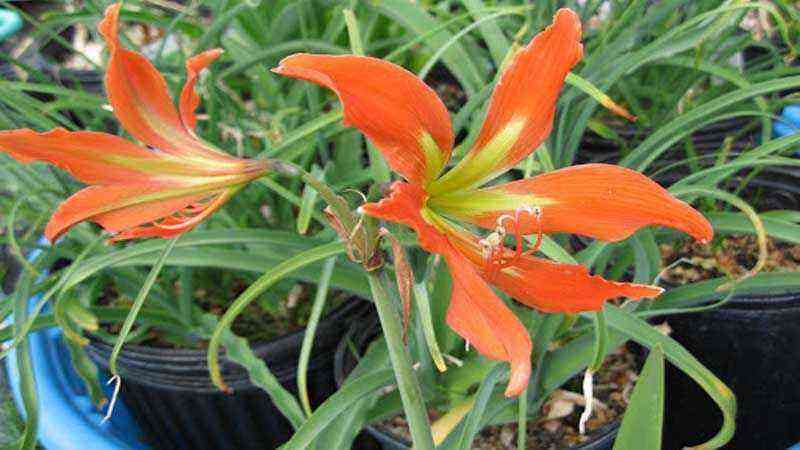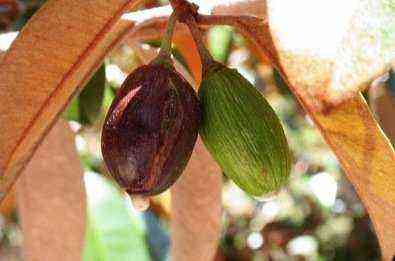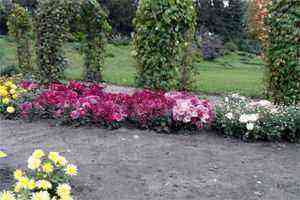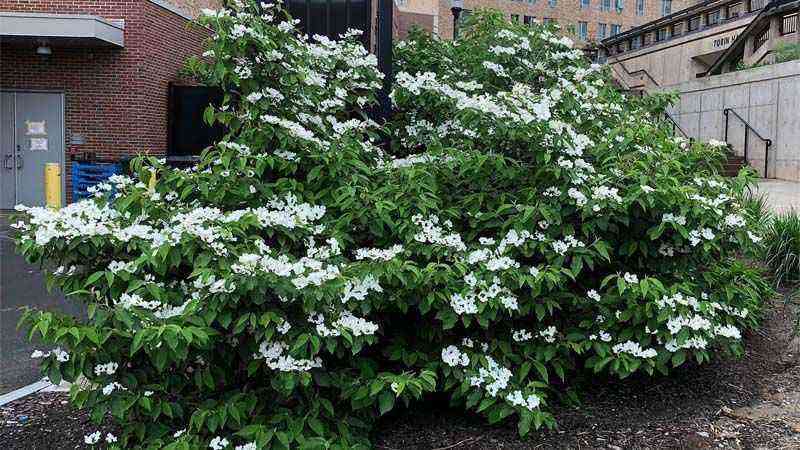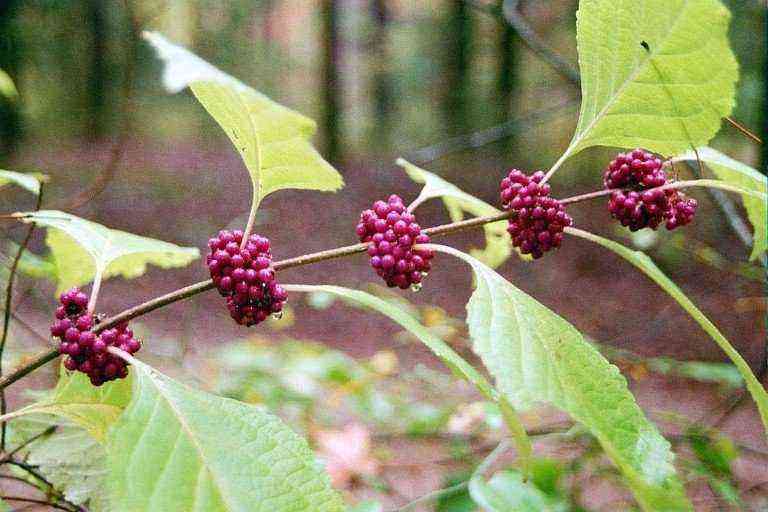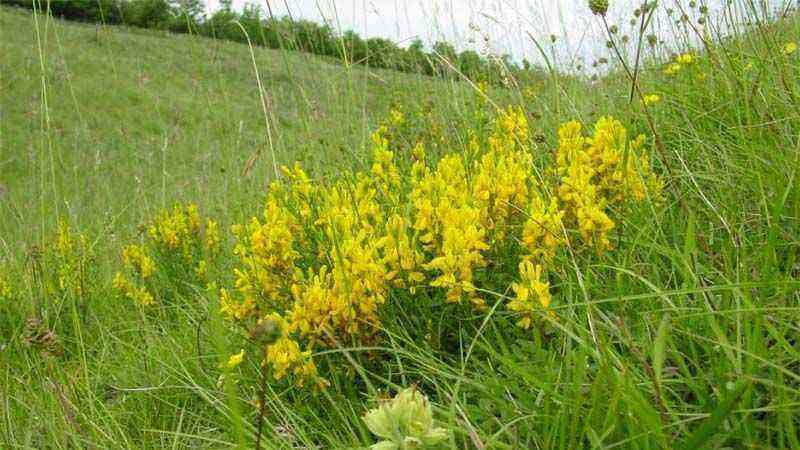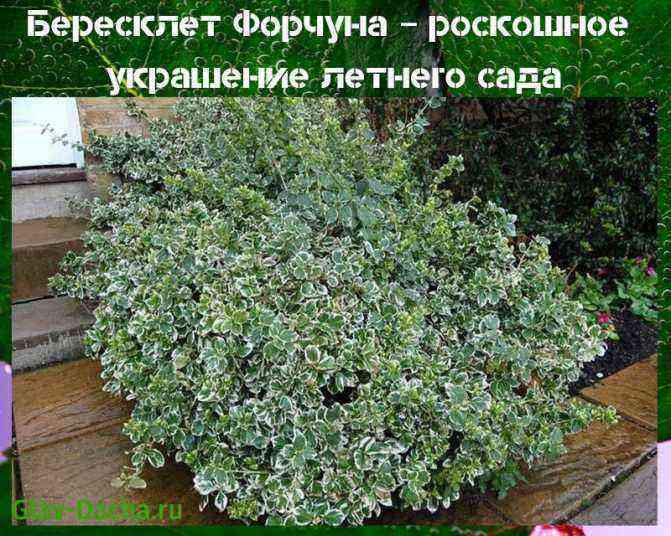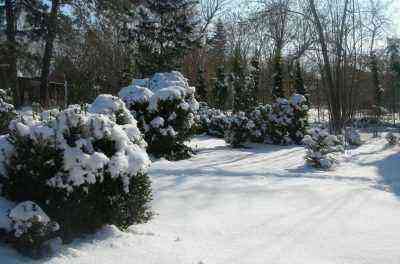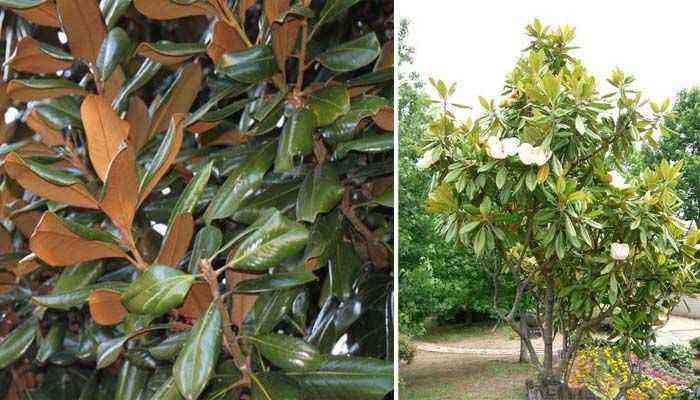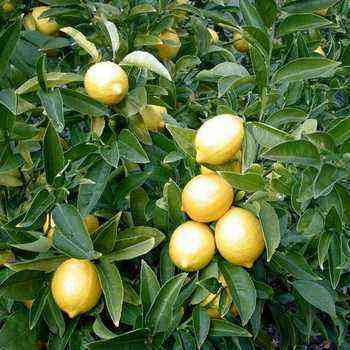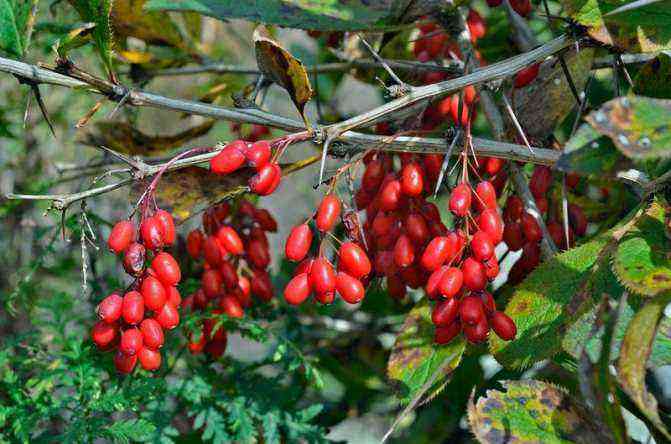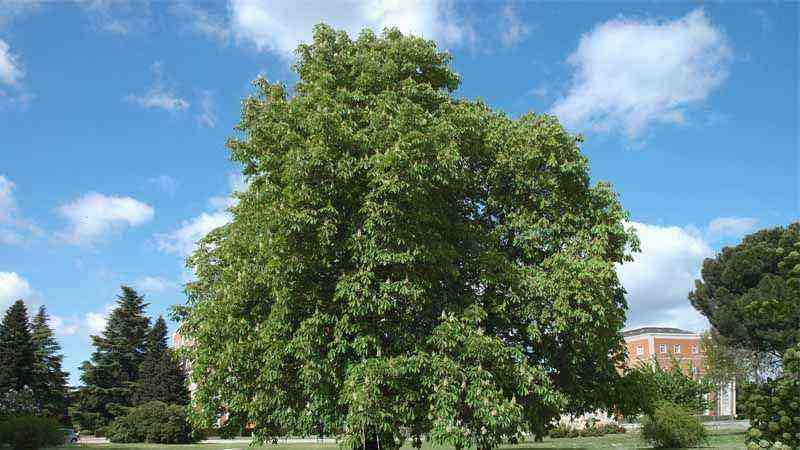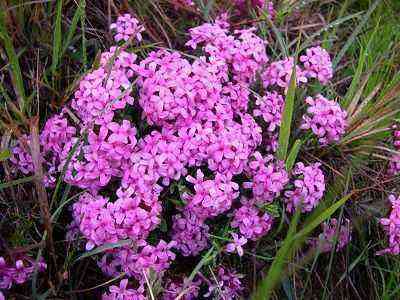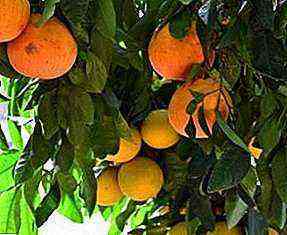Botanical description and range
According to the description, the Unshiu broadleaf tangerine is a woody evergreen shrub that grows in open ground up to 3 m, and when grown at home – no more than 1,5 m.It has a spreading crown, green foliage leathery to the touch. Leaves are oval with a slightly corrugated structure, narrowed at the ends.
The name of the citrus variety translates as “no seeds”.
The plant is in a state of activity for almost the entire life cycle, rest is mild and imperceptible. Unshiu inflorescences, according to the description, are white, formed by 5 petals. The main flowering period is in the spring (May). Subject to domestic agricultural practices, the plant bears fruit after 3-4 years from the moment of planting. Fruit taste is classic.
Areal
The variety is originally from China. It was domesticated by the Japanese and further spread throughout the world countries. Today it is grown in the Caucasus, Uzbekistan, Western Europe and Israel. The variety is also found in Russia.
Group structure
This is undoubtedly the largest group within the Citrus reticulata species. In the literature, it is often described under the name “Sattsuma” (Satsuma), or even simply – “Japanese tangerines.” Within it, in turn, five subgroups are described, differing in such features as maturation, geography of origin, and historical areas of distribution.
Wase Group… This includes many varieties, the main feature of which is fast, early ripening, as well as relatively weak winter hardiness. Wase plants are generally the most distinct from the rest of the Unshiu. A characteristic and popular variety in the group is Kovano Vasho.
Дзайрай (Zairai)… This word can be translated as “local”, “indigenous”, “old”. The name itself indicates that these varieties have arisen a long time ago, their origin has been lost in time. If we are talking about “Japanese tangerines”, then Dzairai most of all correspond to this name. We emphasize that due to early maturity, some of the Zairai may be related to Wase. This is the popular Miyagawa variety.
Owari mandarins… Named for the provinces on the island of Honshu where they come from. Older varieties of Owari can also be referred to as Zairai. Due to their high fertility, these trees are among the leaders in industrial citrus growing in Japan.

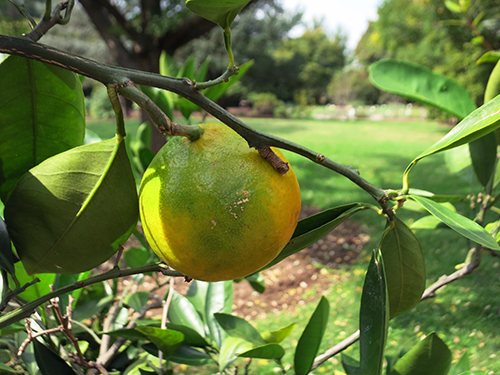
Ikeda group… Small in number, almost disappearing, originally from the city of the same name in Osaka Prefecture. In the form of small industrial plantations, it is found on the islands of Honshu and Shikoku.
Ikiriki… Like the previous ones, they got their name from the settlement. Also, they are rapidly losing popularity, there are plantings near Nagasaki and in Saga prefecture.
Microclimate for Unshiu
Unshiu mandarin is grown at home, creating a certain microclimate.
Temperature and illumination
The culture is provided with a constant temperature regime throughout the growing season, including:
- at the stage of bud formation, during flowering and in the process of fruit setting – 17 ° С-18 ° С,
- in the winter season, conditions with a temperature of 13 ° C-15 ° C will become comfortable.
The critical temperature indicators that Unshiu withstands without destructive consequences are 8 ° C-12 ° C.
Excessive heat leads to drying out of tangerine leaves, and if the temperature is not observed, the plant stops bearing fruit.
For full growth and development, citrus is provided with a sufficient amount of light. In winter, it is permissible to take Unshiu out to the insulated balcony in natural light conditions. From February to August, in the daytime, the plant is suitable for loose shading, which protects from direct sunlight, does not dry out the soil and at the same time provides light.
The plant is shaded from 11 to 15 hours.
The most suitable place for Unshiu at home is the southern or southeastern side of the room. In the southwest, conditions are too hot for citrus, and too cool in the north.
In winter, the plant is provided with additional illumination with fluorescent lamps of blue and white light, which are located at a distance of 0,2 m from the citrus crown. The required duration of daylight hours is 12 hours.
Humidity

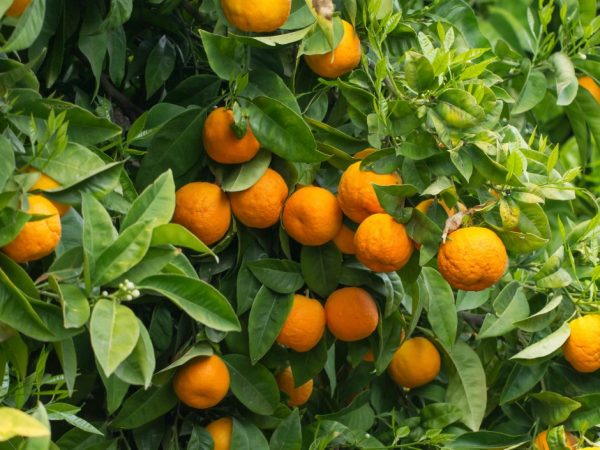
The plant must be sprayed
If watering is moderate in winter, during spring and summer it is required to water Unshiu abundantly, however, this is done when the top layer of the substrate completely dries up to a depth of 5 cm.Usually, this state of the soil, ready for watering, occurs with an interval of 5-6 days.
In hot weather and elevated indoor temperatures, the plant is watered daily.
For Unshiu, humidity is important, which is regulated by spraying the plant, doing this several times every day in the summer, reducing once a day for the winter period.
How to grow a tangerine from a bone at home
Each seed taken from a mature fruit has the potential to give life to a tree. Of course, use only poured seeds that are dense to the touch. If you throw them into a glass of water, they will drown.
Conditions for germinating mandarin seeds
In order for the seed to germinate, it must first be soaked. To do this, for three days the germinated seeds are wrapped in a damp cloth or placed on a wet cotton pad (but not in a glass of water!). The correct temperature at this time should be room temperature, and the plate is placed on a brightly lit windowsill.

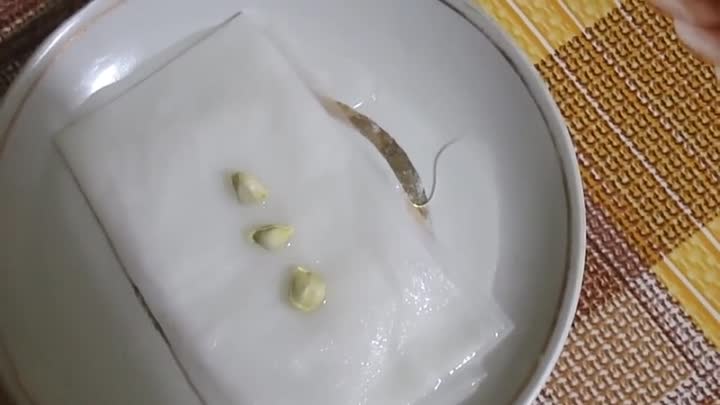
Germinating tangerine seeds
Stages of sprouting mandarin seeds
Being moistened, placed in loose soil, tangerine seeds first swell, and then sprouts hatch from them. Different varieties take different amounts of time (usually at least 2 weeks).
The pot with the previously soaked seeds placed in it must be kept in the light and warm (about + 20-25 ° C), watering regularly. Covering the top with transparent film or glass is not at all necessary. It is enough to check the moisture content of the soil every day, and when it dries, moisten it by spraying.
It’s important! It is not necessary to cover the pot with a cap, since the seedlings should immediately be in room conditions.
How to choose the fruit of the right ripeness and separate the seed
For sowing, seeds are chosen from a well-ripe (maybe even rotten) fruit, from which you can effortlessly remove a bright orange or reddish peel without green spots. Unripe citruses are not a finished product, the seeds inside are still in the stage of formation, so even with successful germination, the plants will appear weak from them.
The seeds are thoroughly washed and rinsed in a solution of fungicide or potassium permanganate. Then they are dried. After that, you can try to plant and germinate them.
Preparing a place for a tangerine sprout
Bright sunlight and the absence of cool drafts are very important for sprouts, to which they react by dropping foliage. If the daylight hours are short, set the backlight. Every day, sprouts that appear in pots should be sprayed with warm water from a spray bottle.
Note! You cannot rotate pots with sprouts and adult tangerines around their axis. Some of them react to this by shedding their leaves.
Preparation of soil mixture
The optimum acid-base reaction of the soil is pH = 5,5-6,5. This indicator is important, since acidic soil is categorically unsuitable for citrus fruits. The soil mixture for planting is prepared with the addition of humus, sand, vermiculite, wood ash. It is better to do it yourself in order to get a loose air and moisture permeable substrate.
It’s important! You cannot add peat to the soil, as this leads to acidification, which is detrimental to citrus fruits.
Pot selection
You don’t need to plant sprouts in large pots. If the amount of soil significantly exceeds the size of the young root system, then the irrigation regime will inevitably be disrupted. Ideally, the soil should not dry out, it should be drained by the roots, actively absorbing moisture. Otherwise, the earth will turn sour, which will lead to the creation of destructive conditions for the mandarin.
The volume of the soil should be slightly larger than the root system. For the first months, a 100 gram plastic cup will work. As soon as the roots hit the bottom, the tangerine should be transplanted.

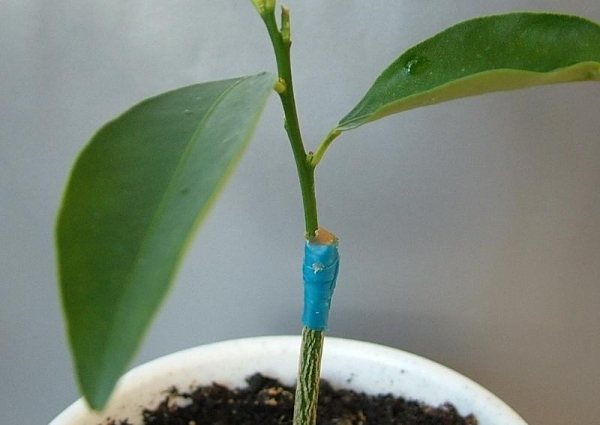
Mandarin grafting by budding method
It is much more important that there are large holes at the bottom of the planting container for the drain of excess moisture. When planting, it will not hurt to place a thin layer of expanded clay or coarse sand drainage on the bottom. Even at a very young age (5-6 months), seedlings can already be pinched to form a crown and grafted, not forgetting to feed them every 2 weeks.
Mandarin seedling watering mode
It is difficult to learn how to maintain optimal soil moisture in a tangerine pot, but this will have to be done. In hot weather, plants are watered every day, as they absorb moisture very actively, but it is harmful to keep their roots in wet soil. Due to waterlogging in the heat, various fungal diseases develop, due to which tangerines can die. This is why antifungal medications are added to the water from time to time.
In indoor conditions, a tangerine can cause a lot of trouble, you should take care of it, guided by an impressive list of strict rules (step by step instructions). It scares off newbies. And yet, the beauty of trees, their fragrant leaves and flowers, attractive fruits – that is why they are very loved and grown all over the world in indoor conditions.
Unshiu transplant
A young Unshiu needs an annual transplant, especially when the citrus root system is completely enveloped in the earthen ball in the pot. A fruiting plant is transplanted every 3 years, limited in the intervals between procedures by changing the top layer of soil. Having reached the maximum size, indoor citrus is no longer transplanted, updating only the substrate, applying fertilizers.
A tangerine tree grown in a store in peat is not immediately transplanted after purchase, so as not to lose ovaries and fruits.
When transplanting, the previous pot container is changed to a new one, approximately 4 cm larger in size.A drainage system of broken brick or expanded clay with a height of about 5 cm is laid on the bottom.
The composition of the substrate for a young Unshiu should include:
- 2 parts of turf land,
- 1 part leafy soil
- 1 part three-year-old humus
- 1 part of coarse river sand or pebbles,
- 1 part vermiculite.
For an adult citrus, soil is made from the same components, taken in similar proportions, with the exception of sod land, which requires a little more – 3 parts.
Growing problems:
- Leaves and leaf tips dry out before crumbling due to excess moisture in the soil. Mandarin must be urgently transplanted, if necessary, remove all rotten roots and replace the substrate with a new one;
- Mandarin drops its leaves if wintering rules are not followed, indoor air is too dry. Shedding foliage can be a reaction to improper planting of the plant, if you deeply deepened the tangerine during transplanting. Drafts, strong waterlogging of the soil, lack of lighting can also provoke leaf fall.
- Mandarin often turns yellow when there is a lack of nutrients in the soil, if the plant lacks nitrogen, yellowing can begin from the lower leaves, gradually moving to the upper levels of the tree, from a lack of iron, young foliage first turns yellow, then older leaves. Of the reasons associated with leaving, one can name a lack of lighting, a cramped pot, damage by pests such as spider mites;
- Drying of the foliage indicates insufficient watering of the plant; a pot of tangerine must be placed in a basin of water and the moisture must be allowed to completely saturate the pot. After this procedure, it is necessary to allow excess water to drain from the pot, and then spray with epin or heteroauxin. Spraying with stimulants should be carried out 2 times a week until the tangerine is completely gone.
Views: 281
Unshiu Fertilizer

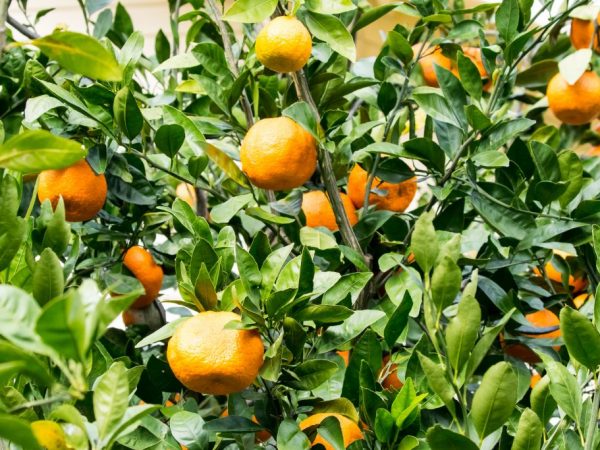
Alternate mineral and organic fertilizers
The initial feeding of home-made Unshiu falls in the spring, 1 month after the plant is transplanted, for which mineral complexes and organics are suitable, which alternate with each other. Wherein:
- horse or cow manure diluted with water in a ratio of 1:10 is used as organic fertilizers,
- as a mineral supplement, they use ready-made complexes used in the cultivation of citrus fruits.
Unshiu does not tolerate a lack of potassium in the substrate, as indicated by yellowed and dried leaves at the edges. To compensate for the lack of an element, they use fertilizer complexes that do not have sulfur components of chlorine: carbonate or potassium sulfate.
Reproduction of Unshiu
Under the conditions of home cultivation, the reproduction of the Unshiu mandarin is carried out in one of the available ways:
- vaccinations,
- cuttings,
- layers,
- seeds.
A more suitable way of propagation of the Unshiu mandarin is considered to be cuttings. It gives the citrus the ability to bloom almost immediately after the formation of the root system.
The first color is immediately cut off to give the young seedling to gain strength and go into active growth.
It is also possible to grow citrus at home from seeds. When citrus multiplies, seed seeds taken from ripe tangerine are soaked in water for 3 days. When a white sprout appears, the seed is planted to a depth of 1 cm in a moderately moist substrate, consisting of a universal soil mixture and a small amount of vermiculite. The term for the emergence of the sprout is 3 weeks.
Other types of breeding are rarely used for Unshiu. Usually grafted on other varieties of citrus. Cutting is laborious, since the culture takes root within several months.
Tangerine cake “Mikan”
from the pastry chef “Grand European Express” Ilyana Chernysheva


Ingredients:
Cooli tangerine
- puree “tangerine” – 300 g
- passion fruit puree – 50 g
- sugar – 130 g
- gelatin – 10 g
Method of preparation:
Bring mashed potatoes with sugar to a boil, remove from heat, add presoaked and squeezed gelatin. Pour into molds and allow to harden.
Chocolate dacquoise
- sugar – 190 g
- protein – 200 g
- almond flour – 190 g
- premium flour – 40 g
- cocoa – 30 g
Method of preparation:
Beat the protein, gradually add sugar. Mix dry ingredients separately. Then beat the protein, gently pouring in portions.
Spread over a silicone mat and bake for 10 minutes at 165 degrees.
Chocolate muss
- angles sauce – 250 g
- chocolate – 350 g
- cedar mandarin – 1 pc.
- cream 35% – 400 g
Method of preparation:
Melt the chocolate, add the tangerine zest and combine with warm anglaise sauce. Then whip the cream separately and combine with the chocolate mass.
Pour chocolate mousse into a silicone mold, put tangerine coolies, again mousse and chocolate dacquoise. We put it in the freezer. Cover the frozen cake with orange glaze, decorate with a leaf and spread on a base of chocolate shortbread dough.
